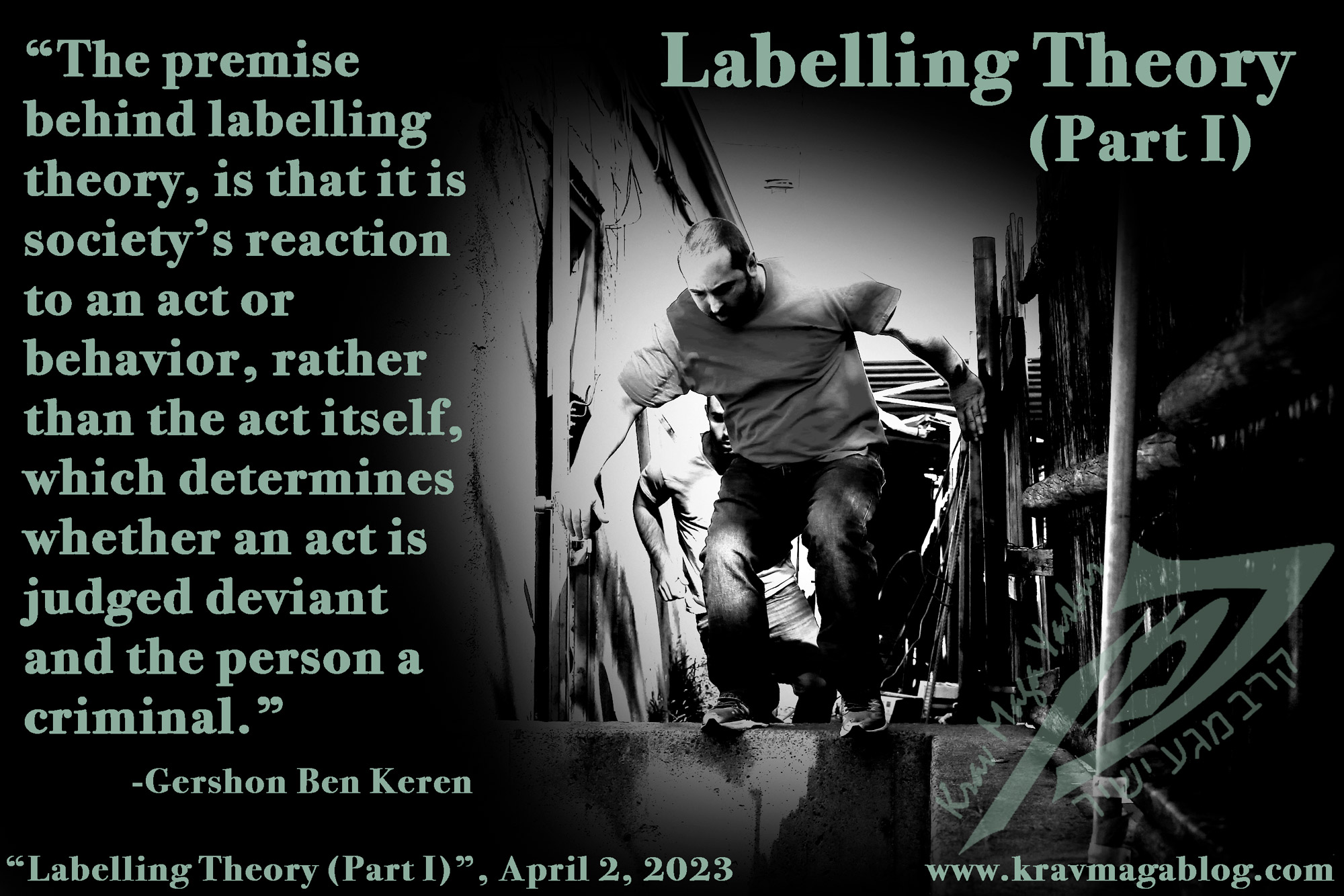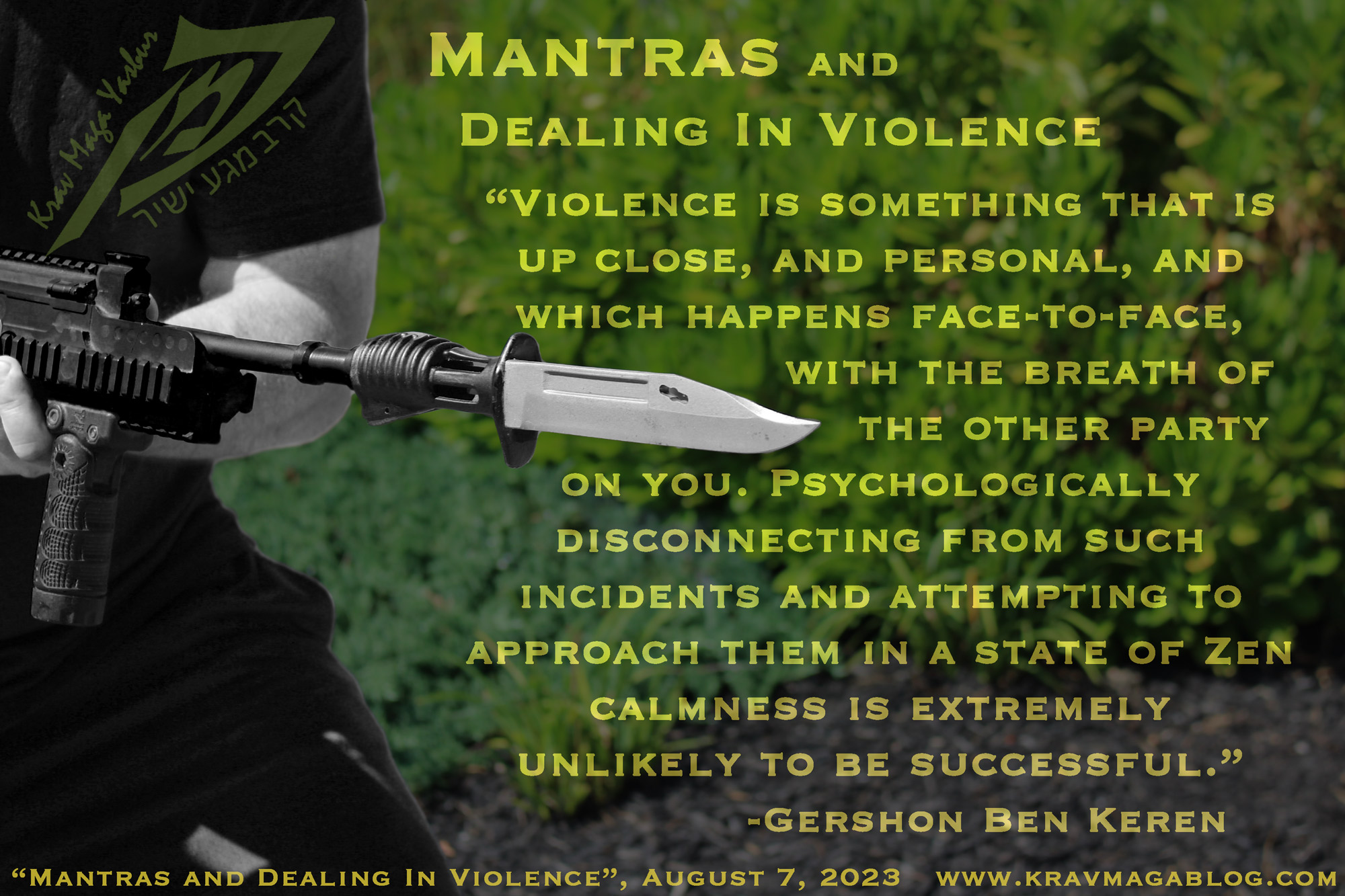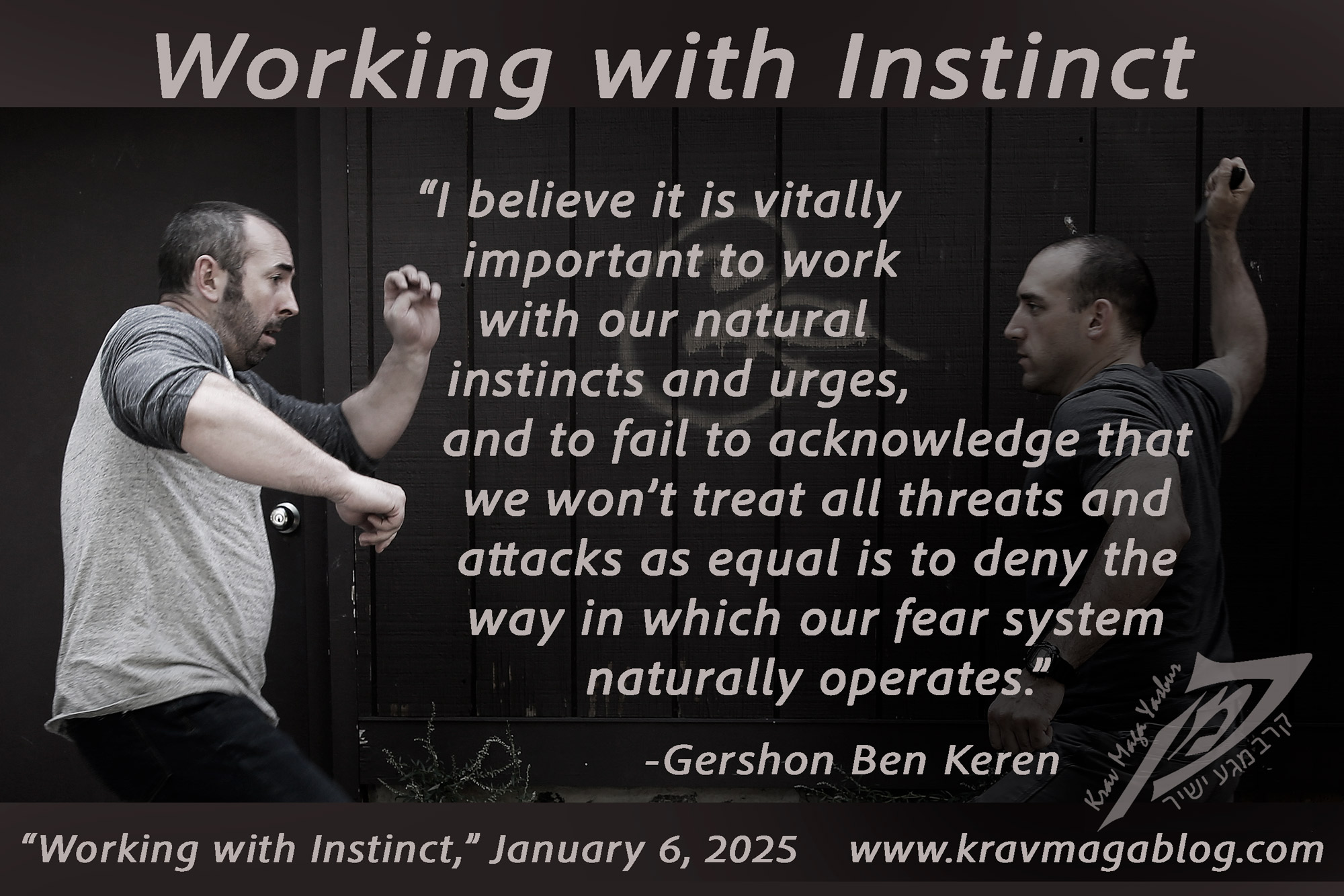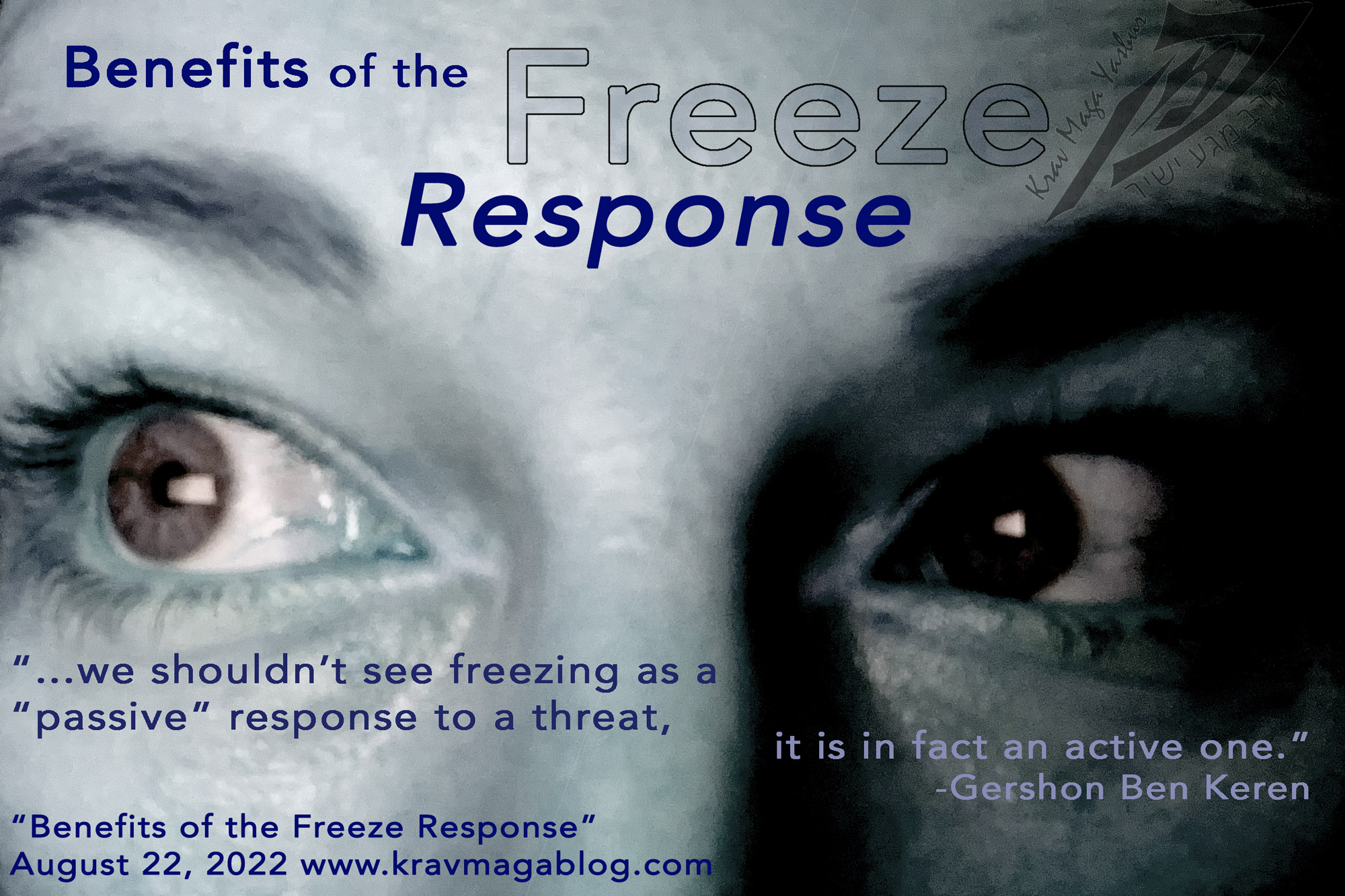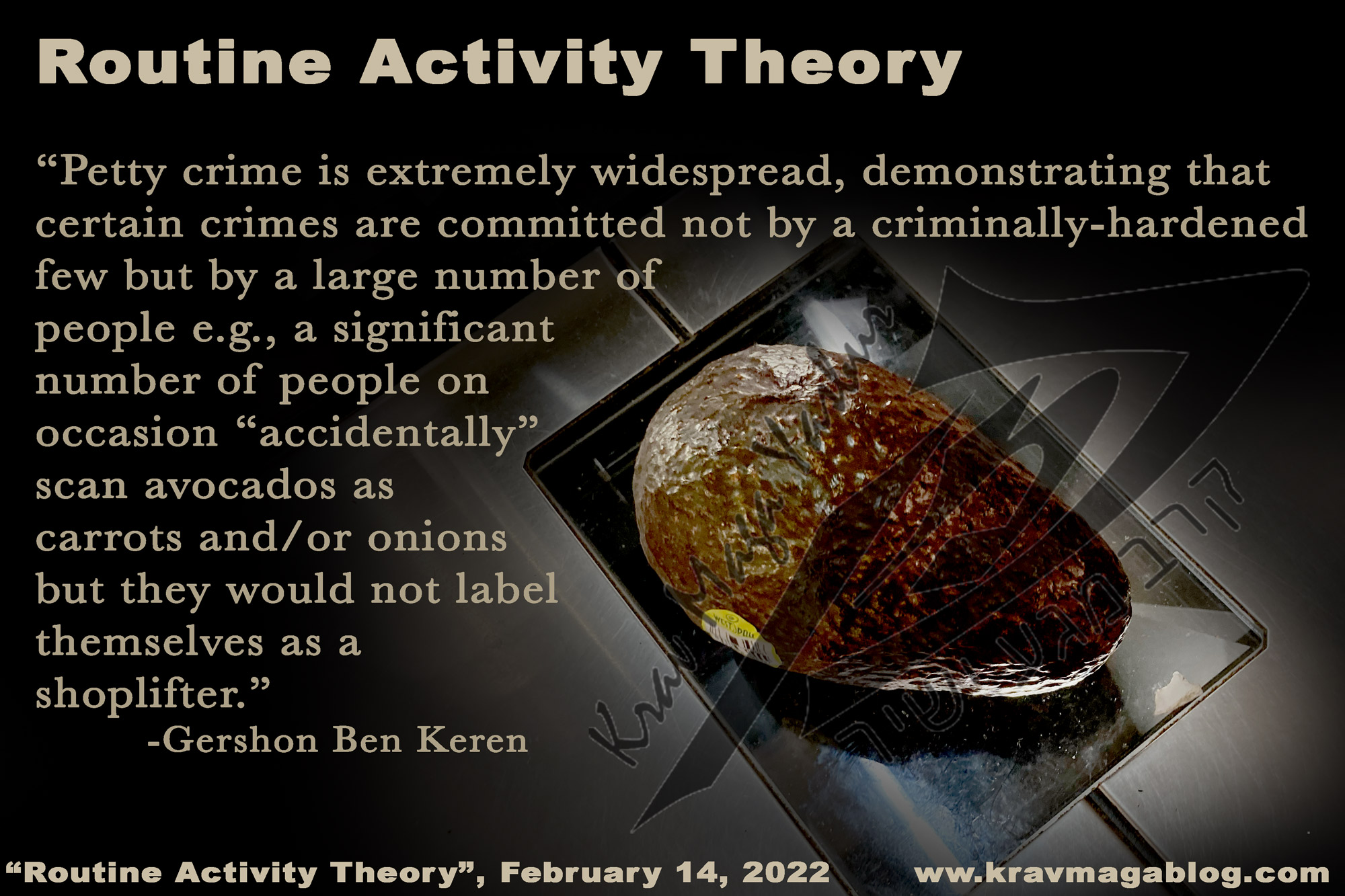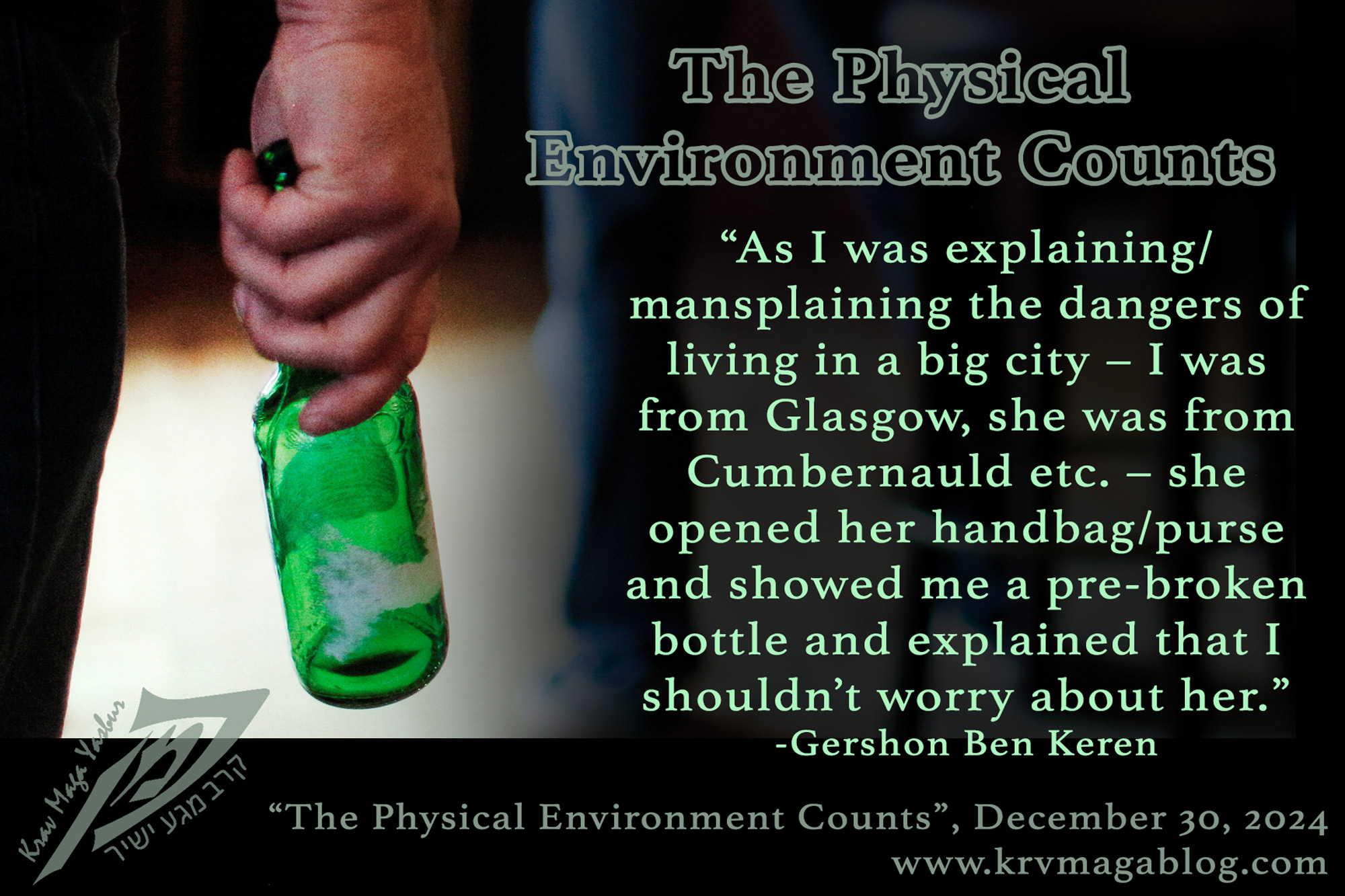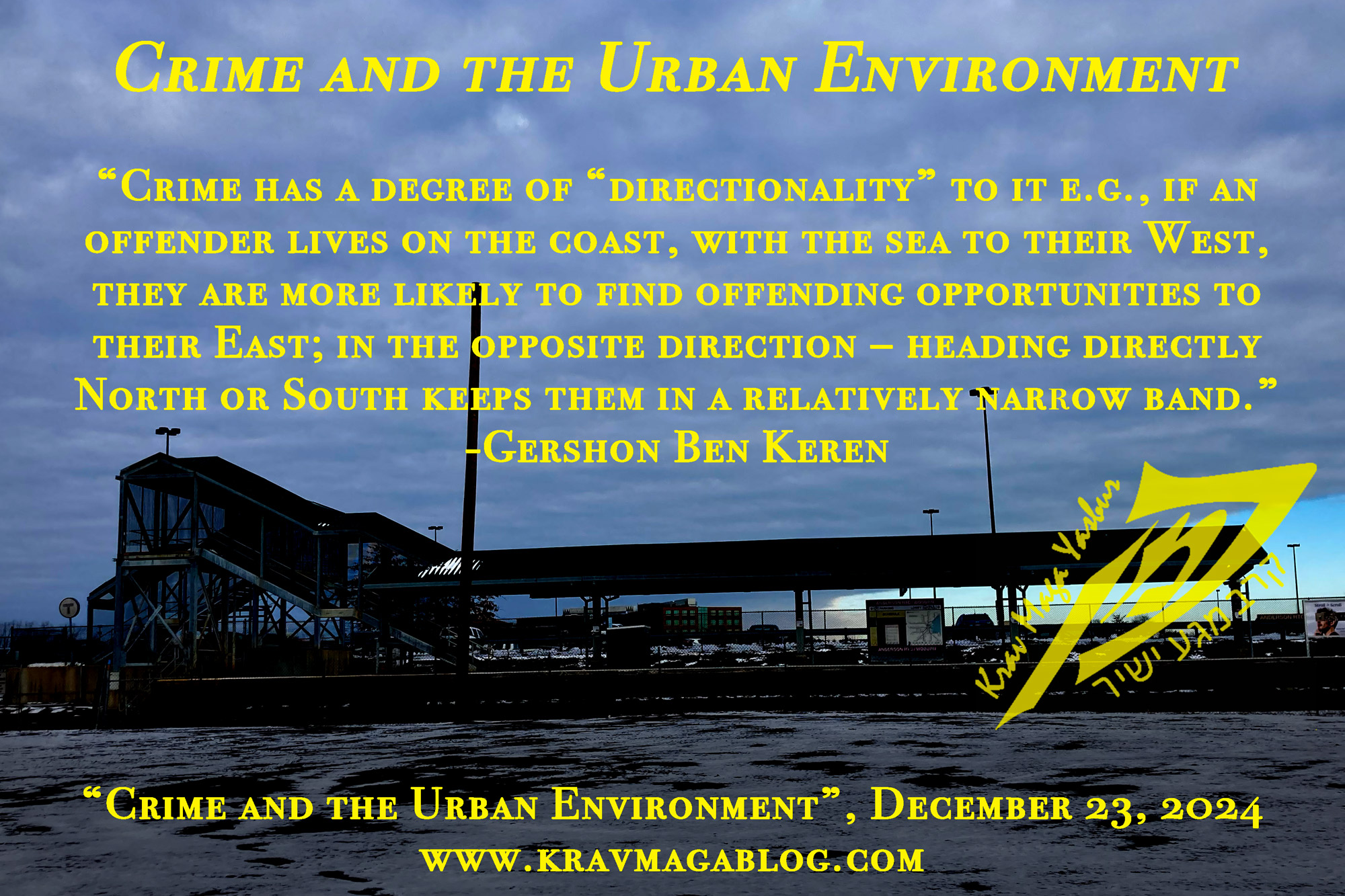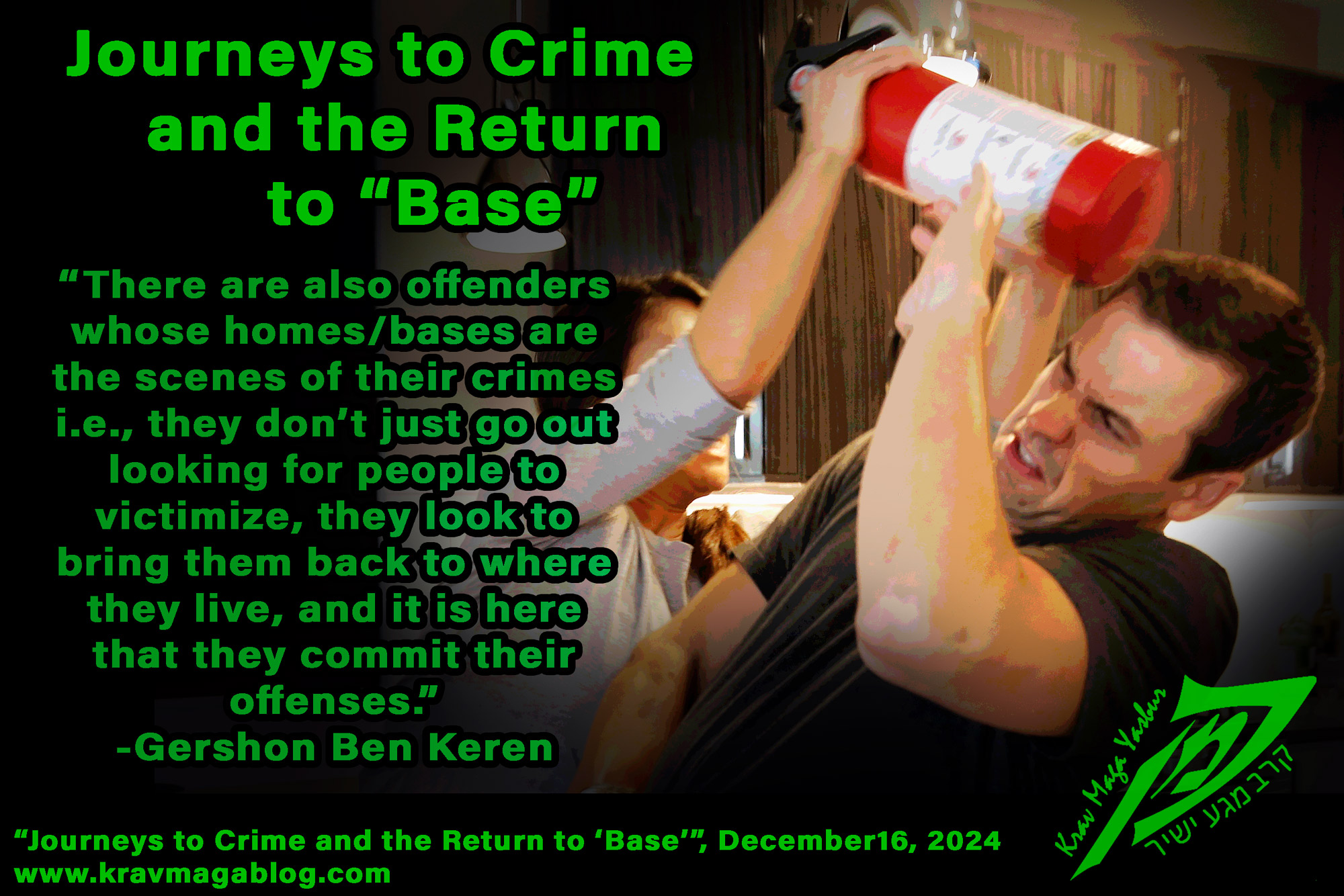Routine Activity Theory, is an article written by Gershon Ben Keren, a 5th Degree Black Belt in Krav Maga, who teaches Krav Maga in Boston, MA. He has also authored three Amazon best-Selling Books on Krav Maga.
Something that confounded many criminologists in the post-war period (1940’s – 1970’s) was the fact that crime increased dramatically – including violent crime that went up almost six-fold both in the UK and US - at the same time as standards of living increased. This went against the prevailing view that crime, and acts of violence, were largely linked to poverty, and that it was largely poverty that was responsible for creating criminality i.e., developing individuals who could be labelled as criminals and offenders etc. To try to explain why there had been such a rapid increase in incidents of crime, Marcus Felson and Lawrence Cohen, analyzed data for this period and postulated that the rise was not due to a rise in criminality (people becoming “criminals”), but due to an increase in the number of potential opportunities for crimes – including acts of violence – to be committed e.g., as car ownership increased there were more cars that could be stolen, as more people started to spend more time in public spaces such as pubs and clubs (due to increased leisure time), there were more social interactions that had the potential to result in conflict and become violent etc. This led them to develop Routine Activity Theory, which looked to explain, not why people engage in criminality, but what components have to be present in order for an incident of crime to take place. In their model, three things must be present/absent for a crime to be committed: there must be a motivated offender, a suitable victim, and the lack of a capable guardian. Rather than looking at what may motivate a person to engage in an offense, the theory simply recognizes that a motivated offender must be present for a crime to take place. Instead of looking at the victimology of the person targeted, the theory states that there must be someone who is “suitable” to the offender e.g., if a sex offender targets teenage girls aged between thirteen and sixteen, and they come across a 22-year-old woman at the time they are “motivated” to offend then this person doesn’t constitute a suitable victim. However, if they come across someone who falls within their target group, when they are motivated to offend, and that person is with a parent, or there is a law enforcement officer present (both suitable guardians), they are unlikely to commit an offense. In this and the following articles, I want to take a look at how Routine Activity Theory, can help us understand how – rather than why – acts of violence (and other crimes) take place.
The focus of Routine Activity Theory is on the criminal event/opportunity, rather than the criminal, and most of us at one time or another have engaged in a criminal event, often without seeing or labelling ourselves as criminals e.g., there are few people at one time or another who haven’t broken the speed limit, because we were in a rush; and because we didn’t think we’d get caught (there was the absence of a capable guardian, such as a law-enforcement officer in a cruiser). Most people when they have an opportunity to offend, the rewards seem high enough, and they don’t believe they will get caught will be at the very least tempted to offend. This doesn’t mean that they will see themselves as an offender or a criminal. Petty crime is extremely widespread demonstrating that certain crimes are committed not by a criminally-hardened few but by a large number of people e.g., a significant number of people on occasion “accidentally” scan avocados as carrots and/or onions but they would not label themselves as a shoplifter. In many cases, they may justify their action by viewing it as a small victory against the over-pricing of commodities by supermarkets, and/or as a price a retailer should have to pay for making them do the work of a person at a checkout etc. We have a natural tendency to see the actions of others as being bad and unjustifiable, whilst seeing our own actions as good and right. This is clearly illustrated when drivers who have been caught speeding make the argument to the police that they shouldn’t be focusing their attention on them but be out catching the “real criminals” etc. Many white-collar crime such as fraud and embezzlement, which costs the economy significantly more than burglary and theft against individuals, is another example of “good” people, when presented with an opportunity, committing offenses; justifying it because the “victim” is a company or an entity so there is no real harm to their offense i.e., nobody got hurt etc.
Routine Activity Theory (RAT) also brings to the fore, the influence of time and place regarding offending i.e., the motivated offender and the suitable victim’s paths must cross, at some point in order for there to be an incident of crime/violence, and this must occur at a time when a capable guardian isn’t present. This starts to introduce the importance of lifestyle both for the victim and the offender i.e., why are they both in the same place at the same time? E.g., why does the motivated mugger happen to be in the supermarket parking lot, at the same time as somebody who fits their profile as a target? Were they there deliberately looking for people to victimize or were they there because they were also doing their grocery shopping? The strength in the simplicity of Routine Activity Theory is that it allows these further questions to be asked rather than try to explain every part and component of an offense. In the next few articles I want to use the theory to try to ask and answer further questions, such as what motivates an offender to engage in an act of criminality, are there things which we do that may make us appear as a “suitable” victim (without engaging in victim blaming), and try to define what a capable guardian looks like.
0 COMMENTS
